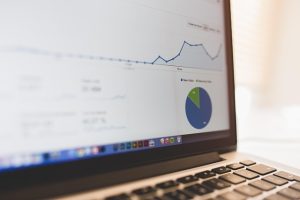On-Page SEO is a comprehensive strategy to optimize individual web pages for higher search engine rankings. It focuses on content quality, page speed, and keyword optimization. Key techniques include minimizing file sizes, leveraging browser caching, implementing lazy loading, optimizing image sizes, simplifying site structure, and regularly auditing page speed using tools like Google PageSpeed Insights. These practices enhance user experience, reduce bounce rates, and improve search engine rankings by addressing critical factors such as page speed, a ranking signal that search engines like Google prioritize. Continuous monitoring and optimization through SEO tools ensure the effectiveness of these strategies over time.
In the digital landscape, page speed optimization is a critical aspect of On-Page SEO that cannot be overlooked. With users expecting instant results, faster loading times significantly impact search engine rankings and user experience. This article delves into essential strategies to enhance web page performance, focusing on key On-Page SEO factors. We explore techniques like minimizing file sizes, leveraging browser caching, optimizing images, implementing lazy loading, and improving site structure. By the end, you’ll be equipped with tools and insights to measure and analyze successful page speed optimization.
Understanding On-Page SEO and Its Impact on Page Speed
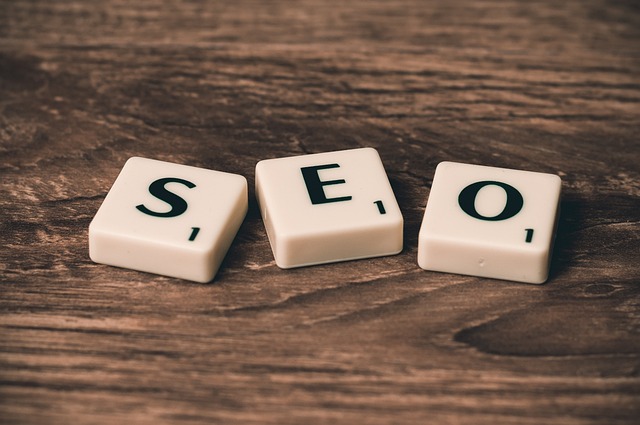
On-Page SEO is a crucial strategy that involves optimizing individual web pages to rank higher in search engine results. It focuses on enhancing the relevance and quality of content, making it more appealing to both users and search algorithms. When discussing page speed optimization, understanding On-Page SEO becomes integral as these two factors are closely intertwined.
Search engines like Google prioritize delivering fast-loading pages to users, and this is a significant factor in their ranking algorithms. A well-optimized on-page experience ensures that content is structured efficiently, with minimal load times. By incorporating relevant keywords, optimizing meta tags, and enhancing overall page performance, webmasters can significantly impact their search rankings. Thus, On-Page SEO isn’t just about attracting visitors; it’s also about ensuring a positive user experience through swift page loading, which ultimately contributes to better search engine placements.
Key Factors for Optimizing Web Pages for Faster Loading Times
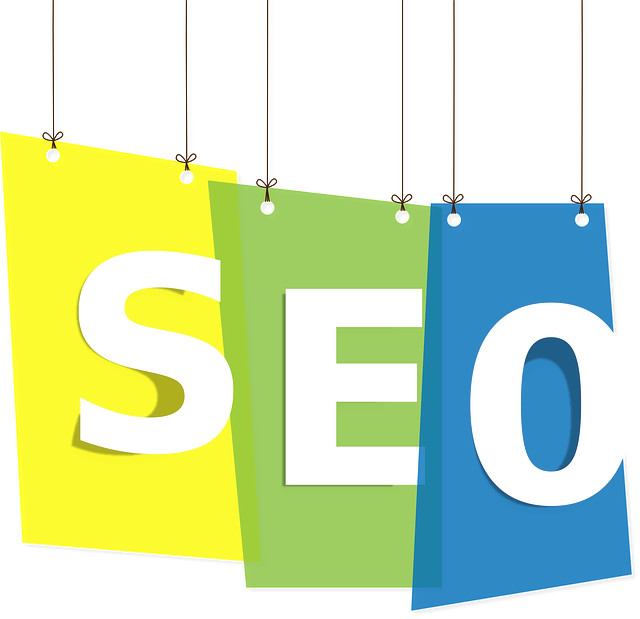
Optimizing web pages for faster loading times is a critical aspect of On-Page SEO, as it significantly impacts user experience and search engine rankings. Key factors to consider include minimizing image sizes, leveraging browser caching, compressing HTML, CSS, and JavaScript files, and utilizing content delivery networks (CDNs). Efficiently optimizing these elements ensures that your web pages load swiftly, keeping visitors engaged and encouraging positive signals to search engines.
Additionally, simplifying the page structure by reducing unnecessary scripts and external requests can drastically improve page speed. Implementing responsive design principles and leveraging lazy loading techniques for media content further enhances performance. Regularly auditing and testing page speed using tools like Google PageSpeed Insights helps identify areas for improvement, ensuring your website delivers a seamless experience for both users and search algorithms.
Techniques to Minimize HTML, CSS, and JavaScript File Sizes
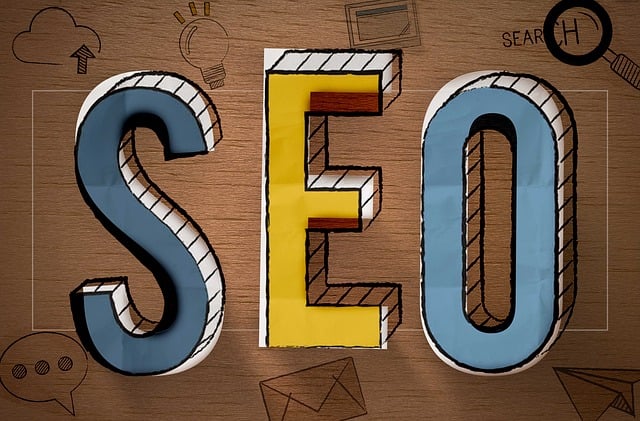
Minimizing HTML, CSS, and JavaScript file sizes is a crucial technique within on-page SEO to enhance page speed. Start by compressing your code using tools that remove unnecessary characters and reduce file size without affecting functionality. For instance, minifying HTML can eliminate spaces, comments, and line breaks, while CSS minification goes further to reduce font weights and simplify rules. JavaScript compression techniques include removing unused code, optimizing loops, and using modern syntax for better performance.
Additionally, consider leveraging browser caching by setting appropriate expiration times for static assets. This allows browsers to store files locally, reducing the need for repeated downloads on subsequent visits. Combining multiple CSS or JavaScript files into fewer, larger ones can also minimize HTTP requests, resulting in faster loading times. These strategies collectively contribute to improving page speed, a key factor in on-page SEO that search engines use to rank websites.
Leveraging Browser Caching for Improved Performance

Leveraging browser caching is a powerful strategy within on-page SEO to enhance website performance. By enabling caching, web browsers store copies of frequently accessed web pages in their memory, eliminating the need for repeated downloads from the server. This results in significantly faster loading times, especially for returning visitors. Since search engines like Google consider page speed as a ranking factor, optimizing caching can indirectly boost your site’s SEO.
Effective caching strategies involve setting appropriate cache-control headers and utilizing content delivery networks (CDNs). These techniques ensure that static assets, such as images and CSS files, are cached efficiently while dynamically generated pages are refreshed at optimal intervals. This balance maximizes the benefits of caching without compromising the freshness of content, contributing to a seamless user experience and improved search engine rankings.
The Role of Image Optimization in Enhancing Page Speed
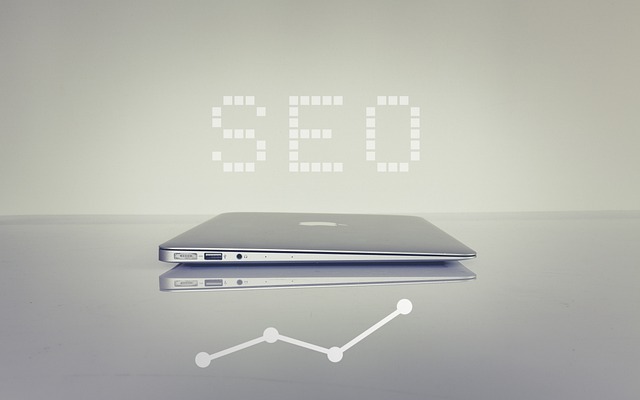
Image optimization plays a pivotal role in enhancing page speed, which is a critical component of on-page SEO. Large images significantly slow down webpage loading times, impacting user experience and search engine rankings. By compressing and resizing images to appropriate sizes for display, websites can reduce file sizes without compromising visual quality. This simple yet effective technique allows pages to load faster, keeping visitors engaged and encouraging positive search engine signals.
Implementing image optimization strategies ensures that each element on a webpage contributes to a seamless browsing experience. It involves choosing the right formats (like JPEG, PNG, or WebP) based on image content and compressing them using tools or plugins without visible loss in quality. These optimizations collectively contribute to faster page load times, making your website more competitive in search engine results and fostering better user interactions.
Utilizing Lazy Loading for Efficient Resource Delivery
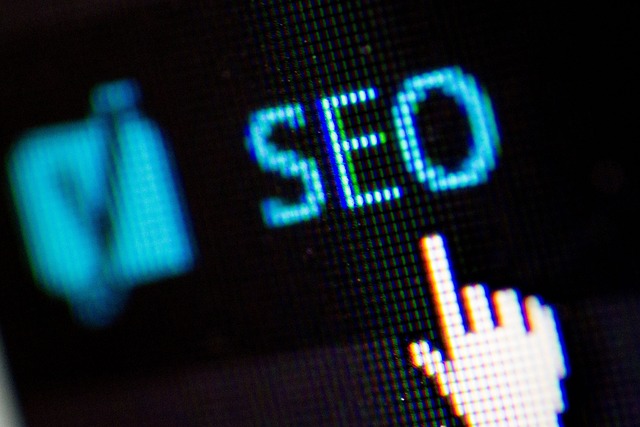
Lazy loading is a powerful technique that plays a crucial role in on-page SEO and enhancing user experience. By implementing this strategy, web pages can efficiently deliver resources only when they are needed, significantly improving page load times. Instead of loading all images and media assets upfront, lazy loading delays their appearance until the user scrolls near them. This method ensures that initial page loads are faster, which is a critical factor for keeping visitors engaged and reducing bounce rates.
For SEO optimization, this approach is particularly beneficial as search engines, especially Google, consider page speed as a ranking signal. Faster-loading pages tend to perform better in search results, leading to increased organic traffic. Additionally, lazy loading reduces the initial download size, making your website more mobile-friendly and improving overall site performance, which are all essential aspects of modern on-page SEO strategies.
Improving Site Structure for Enhanced Crawlability and Speed

Optimizing your site structure is a crucial aspect of on-page SEO that often gets overlooked. A well-organized site with a logical hierarchy helps search engines understand and crawl your content efficiently, leading to faster page loads. Simplifying navigation, creating a clean URL structure, and using breadcrumbs can significantly improve a website’s crawlability. By eliminating complex paths and redundant pages, you ensure that search engine bots can access and index your content without frustration.
This approach benefits both users and search engines. Users will enjoy smoother navigation, leading to lower bounce rates and increased engagement. Search engines, especially Google, favor sites that provide a positive user experience, and improved crawlability is a key factor in this equation. As a result, you’ll see better rankings and higher visibility on search engine results pages (SERPs), driving more organic traffic to your website.
Tools and Metrics for Measuring and Analyzing Page Speed Success

Measuring and analyzing page speed success is crucial for any On-Page SEO strategy. Thankfully, a variety of tools are available to help assess performance. Google PageSpeed Insights is a popular choice, offering insights into mobile and desktop speeds with suggestions for improvement. Other useful metrics include load time, First Contentful Paint (FCP), and Time to Interactive (TTI), tracked by tools like Lighthouse and GTmetrix. These provide detailed breakdowns of page elements, identifying slow-loading assets or code snippets that need optimization.
By utilizing these tools, marketers can quantitatively gauge the effectiveness of their page speed optimizations. Regular analysis enables them to monitor progress over time, ensuring continuous improvement and a better user experience. This data-driven approach is essential for achieving not only faster page loads but also enhancing key SEO metrics and overall website performance.
